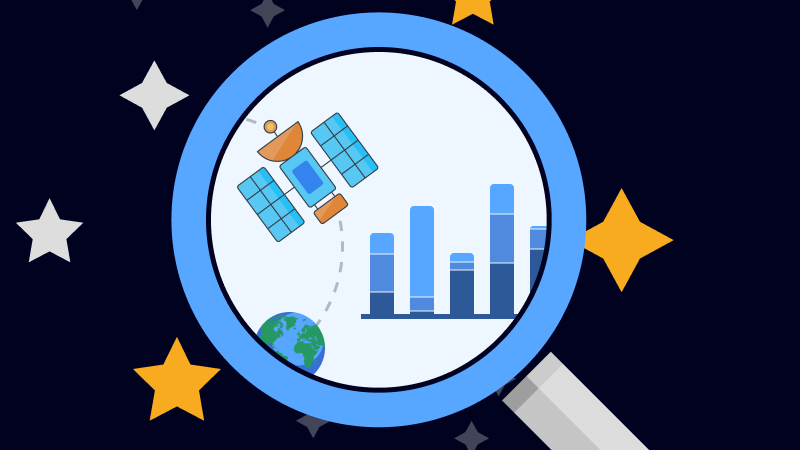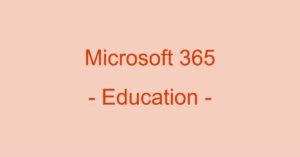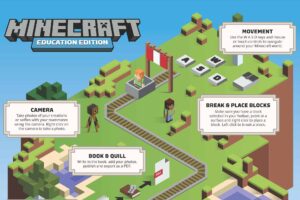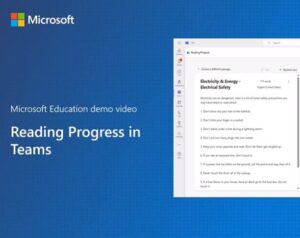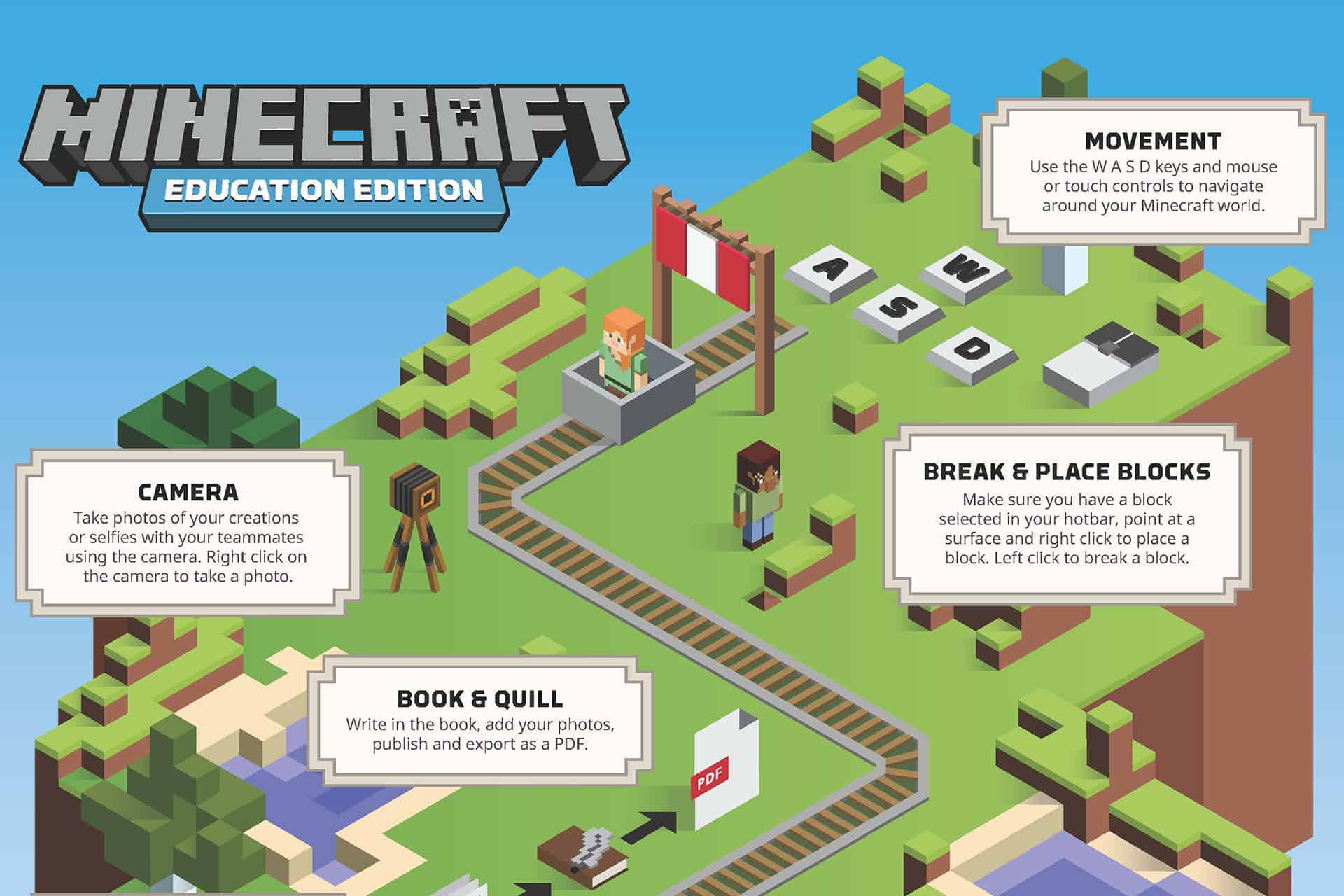Complimentary Data Lesson
These two Data Lessons are examples of the resources based on Office 365 for Education that home-schoolers can use with your annual Home-Schooler.com account. Enjoy these complimentary lessons, courtesy of Microsoft.
- Learn more about Microsoft 365 for Education apps.
- To get your own Home-Schooler.com account for your home-school at the discounted rate (which includes Microsoft 365 for Education apps) visit the Get Started page.
- All activities are aligned to key Next Generation Science Standards (NGSS) and International Society for Technology in Education (ISTE) standards.
A NASA and Microsoft Hacking STEM collaboration
We’re excited to collaborate with NASA to bring you the Day of Data: Rockets program, where your students explore how data powers our astronauts, our space missions, and our world. Celebrate data with on-demand conversations with astronauts, lesson plans, and virtual experiences. Prepare your students for the future by tapping into their creativity and curiosity with NASA and Microsoft Hacking STEM. Take them on a journey to outer space!
Immerse your home-schooler in a fun and interactive data science project as you celebrate your own Day of Data. Choose from two 50-minute activities below, depending on your students’ comfort with data, to meet them where they are and get them excited! Your students can explore data in a self-paced Excel workbook and participate in supplemental activities like sending a postcard into space. Don’t forget to check out the video overview of each workbook to get started!. And visit NASA’s Artemis Learning Website for more learning Space related resources.
Stage 1 – Introduction to data
Launch your students on their data exploration journey with a self-paced Excel activity that introduces beginning concepts for understanding and using data.
Age: 8-12 years old
Length: 50 minutes
Lesson highlights:
- Introduction to data and types of data.
- Understand how data can be organized and sorted with tables.
- Experience how data can be visualized with a chart to gain valuable insights.
Learning standards:
- NGSS 5-PS1-2. Measure and graph quantities such as weight to address scientific and engineering questions and problems.
- CCSS.Math.Content.3.MD.B.3. Draw a scaled picture graph and a scaled bar graph to represent a data set with several categories. Solve one- and two-step “how many more” and “how many less” problems using information presented in scaled bar graphs.
- ISTE 5b. Students collect data or identify relevant data sets, use digital tools to analyze them, and represent data in various ways to facilitate problem-solving and decision-making.
Stage 2 – Introduction to data visualization
Launch your students on their data visualization journey with a self-paced Excel activity that introduces them to visualizing data using charts.
Age: 10-15 years old
Length: 50 minutes
Lesson highlights:
- Introduction to common chart types and their purpose.
- Experience how simple charts can be used to gain insights when you have two data categories.
- Explore how more complex charts can be used to interpret data when you have three data categories.
Learning standards:
- NGSS MS-ESS1-3. Analyze and interpret data to determine similarities and differences in findings.
- CCSS.MATH.CONTENT.7.RP.A.2. Recognize and represent proportional relationships between quantities.
- ISTE 5b. Students collect data or identify relevant data sets, use digital tools to analyze them, and represent data in various ways to facilitate problem-solving and decision-making.
Lesson Supplements
Customize the Rockets program with these fun supplemental activities.
- Send a postcard into space with Blue Origin’s Club for the Future. This curriculum is standards-aligned and encourages students to think about a future of life in space to benefit Earth. After completing this activity, students get a special space-flown keepsake.
- Learn about rockets and rocket science with NASA. With a variety of classroom activities ranging from building a paper rocket to learning about rocket payloads, NASA activities are appropriate for students ages 5 to 18.
- Learn more about Artemis and why we’re going back to the moon.

